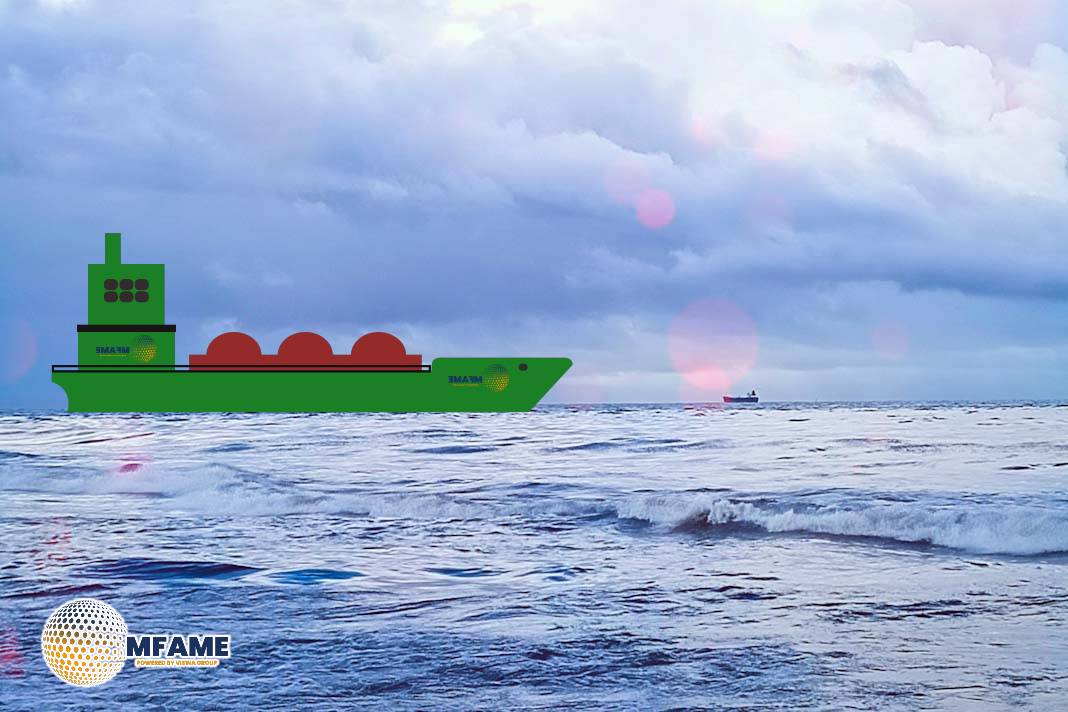 In an era of tightening climate regulations, the maritime sector faces a pivotal moment. A recent webinar hosted by Lloyd’s Register (LR) made it clear that proactive engagement with the IMO’s draft regulations on greenhouse gas (GHG) emissions could unlock competitive advantages for forward-thinking shipping companies. With the International Maritime Organization (IMO) targeting net-zero GHG emissions by 2050, the upcoming framework introduces well-to-wake assessments and a new metric for fuel performance – the Greenhouse Gas Fuel Intensity (GFI).
In an era of tightening climate regulations, the maritime sector faces a pivotal moment. A recent webinar hosted by Lloyd’s Register (LR) made it clear that proactive engagement with the IMO’s draft regulations on greenhouse gas (GHG) emissions could unlock competitive advantages for forward-thinking shipping companies. With the International Maritime Organization (IMO) targeting net-zero GHG emissions by 2050, the upcoming framework introduces well-to-wake assessments and a new metric for fuel performance – the Greenhouse Gas Fuel Intensity (GFI).
The Shift: From Tank-to-Wake to Well-to-Wake
Andy Wibroe, LR’s Lead Regulatory Specialist, outlined the upcoming shift from tank-to-wake to well-to-wake emissions accounting. This expanded scope now includes methane and nitrous oxide emissions, offering a more comprehensive picture of a ship’s environmental impact.
The GFI metric – measured in gCO₂eq/MJ – will be used to benchmark ship emissions against a baseline of 93.3 gCO₂eq/MJ, reflecting the sector’s 2008 emission levels.
Two Reduction Trajectories, Two Compliance Tiers
The draft regulations propose two emission reduction trajectories:
-
Base Trajectory: 20% cut by 2030 and 70% by 2040.
-
Direct Compliance Trajectory: Aiming for 30% by 2030 and 80% by 2040.
Based on where a ship’s annual GFI stands:
-
Tier 1 Deficit: If it misses the direct compliance target.
-
Tier 2 Deficit: If it fails both base and direct compliance targets.
-
Compliance Surplus: If it surpasses both targets, generating Surplus Units (SUs).
The Role of Remedial and Surplus Units
Ships in deficit must purchase Remedial Units (RUs):
-
Tier 1 RUs cost $100/tonne CO₂eq
-
Tier 2 RUs cost $380/tonne CO₂eq
Ships with surplus emissions reductions can generate Surplus Units (SUs) valued at the same $380 rate, which can be:
-
Sold on an open market
-
Banked for up to 2 years
-
Used to offset other ships’ deficits
All transactions will be managed by a new IMO GFI Registry, which will also collect administrative fees and track the exchange of units.
Strategic Planning is Crucial
Jack Spyros Pringle, LR’s Head of Energy Transition Advisory, emphasized that doing nothing is not a viable option. He proposed a three-step compliance strategy:
-
Assess current emissions and identify performance gaps.
-
Evaluate options such as:
-
Operational efficiencies (speed optimization, waiting time reduction)
-
Alternative fuels (e.g., biofuels)
-
Energy-saving devices (ESDs) like wind-assisted propulsion or air lubrication
-
-
Choose a strategy:
-
Compliance-focused (minimal investment, basic compliance)
-
Operational excellence (maximize performance, flexibility, and profit)
-
Case Study: Suezmax and Aframax Tankers
Pringle provided examples showing that cheap fuel may lead to higher costs due to compliance deficits. For instance:
-
A Suezmax tanker using only heavy fuel oil would incur large RU costs.
-
An Aframax tanker adopting biofuels and investing in ESDs would:
-
Avoid both Tier 1 and Tier 2 deficits
-
Potentially generate surplus units
-
Lower Total Cost of Ownership by 15–18% over 2028–2040
-
The webinar made one point abundantly clear: early action is essential. Despite the complexity and initial costs, engaging with the IMO’s mid-term measures now can reduce long-term expenses and enhance a company’s competitive position. By acting early, shipowners can not only ensure compliance but also benefit financially from the transition to a lower-carbon future.
Did you subscribe to our daily Newsletter?
It’s Free Click here to Subscribe!
Source: LR















